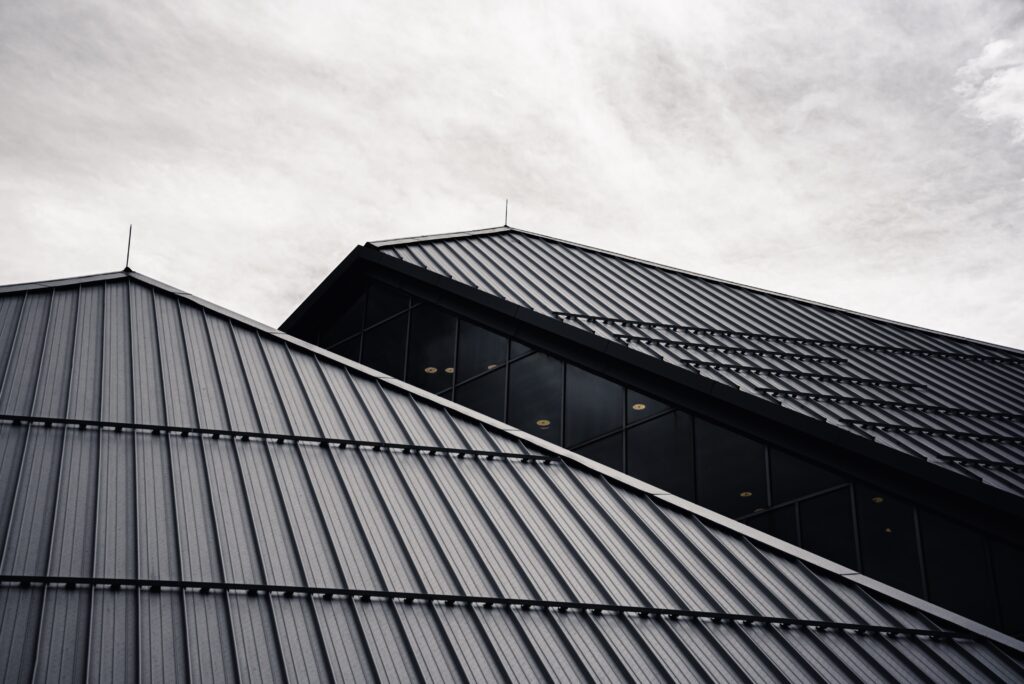Upgrading your existing roof allows you to add value to your home and impart an appearance to your home. While proper roofing, preparation and installation is always important, the material you choose for your roof can take your home’s exterior to the next level.


When you are in process of choosing right roofing materials for your residential home, consider the following questions.
- How heavy is this material and is a special frame required?
- Is the material available in different colors and styles to match your home?
- Does the material comply with fire safety regulations in your region?
- Are there any special installation and maintenance considerations?
- Will this material withstand the extreme weather conditions that are common in your area?
- What is the cost, duration and guarantee of this product?
The answers to these questions will generate you the best choice roofing material for your individual home. There are many cover options and here is a rundown of some of the most popular ones.
CLAY AND CEMENT TILES
As we consider ceramic and concrete tiles add texture and elegance to your roof. Original flat, ribbed or serrated clay tiles are extremely strong but also very heavy and should be installed by a professional. Cement tiles are versatile and less expensive than real clay, but they are also very heavy.
Pros: Ceramic and cement tiles are durable and non-combustible, while cement tiles are energy efficiet.
Disadvantages: Ceramic and cement tiles are expensive, heavy and usually require an additional frame.


METAL ROOFS
Describing metal roofs are resistant to extreme weather conditions. Available in two types, panels and tiles, metal roofing is available in aluminium, copper, stainless steel and zinc.
ASPHALT SHINGLES
asphalt shingles, the most common residential roofing material in residendual houses. The materials are popular for their economic purposes and ease of installation. These shingles can be reinforced with fiberglass or organic materials (cellulose) without changing the appearance of the shingles.
Pros: Asphalt comes in a variety of colors, is widely available, and is one of the cheapest materials.
Disadvantages: Asphalt has a shorter lifespan than other roofing materials, does not provide the insulation that other materials do, and quality varies.
METAL ROOFS
Describing metal roofs are resistant to extreme weather conditions. Available in two types, panels and tiles, metal roofing is available in aluminium, copper, stainless steel and zinc.
Pros: Metal roofing roofing is popular with being as durable, lasts longer than asphalt or wood, and offers high solar reflectance.
Cons: Metal roofing is often considered expensive when comparing with alternative materials.

WOODING TILES AND SHAKE
The preferred choice for roofing for hundreds of years, many homeowners love the look of wood shingles and fill and how they weather to an attractive shade of grey. Wood shakes are handcrafted and have a rougher appearance than wood shingles, which are typically machine cut.
If you live in a fire-prone area, look for Class A fire-resistant wood roofing products that contain shingles treated with a fire-resistant coating.
Pros: Wood shingles offer a rustic appearance and are a natural product typically made from cedar, redwood, and southern pine.
Disadvantages: fire safety regulations in some areas prohibit its use.Wood shingles can be a problem in humid climates, and they can mold, chip, or rot.
SLATE ROOFING
Offering plenty of stylish look and a distinctive, elegant appareance,
Slate colors include shades of black, green, grey, red and purple.
Pros: Slate is very durable, fire retardant and a sustainable roof that can be recycled.
Cons: The whiteboard is expensive, heavy, and requires an additional frame and professional installation. Quality may vary with imported slate.
